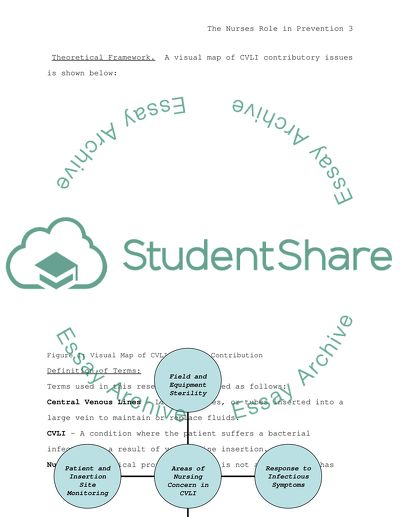Cite this document
(The Nurses Role in Prevention of Central Venous Line Infection Research Proposal Example | Topics and Well Written Essays - 1000 words, n.d.)
The Nurses Role in Prevention of Central Venous Line Infection Research Proposal Example | Topics and Well Written Essays - 1000 words. https://studentshare.org/nursing/1512068-the-nurses-role-in-prevention-of-central-venous-line-infection
The Nurses Role in Prevention of Central Venous Line Infection Research Proposal Example | Topics and Well Written Essays - 1000 words. https://studentshare.org/nursing/1512068-the-nurses-role-in-prevention-of-central-venous-line-infection
(The Nurses Role in Prevention of Central Venous Line Infection Research Proposal Example | Topics and Well Written Essays - 1000 Words)
The Nurses Role in Prevention of Central Venous Line Infection Research Proposal Example | Topics and Well Written Essays - 1000 Words. https://studentshare.org/nursing/1512068-the-nurses-role-in-prevention-of-central-venous-line-infection.
The Nurses Role in Prevention of Central Venous Line Infection Research Proposal Example | Topics and Well Written Essays - 1000 Words. https://studentshare.org/nursing/1512068-the-nurses-role-in-prevention-of-central-venous-line-infection.
“The Nurses Role in Prevention of Central Venous Line Infection Research Proposal Example | Topics and Well Written Essays - 1000 Words”. https://studentshare.org/nursing/1512068-the-nurses-role-in-prevention-of-central-venous-line-infection.


